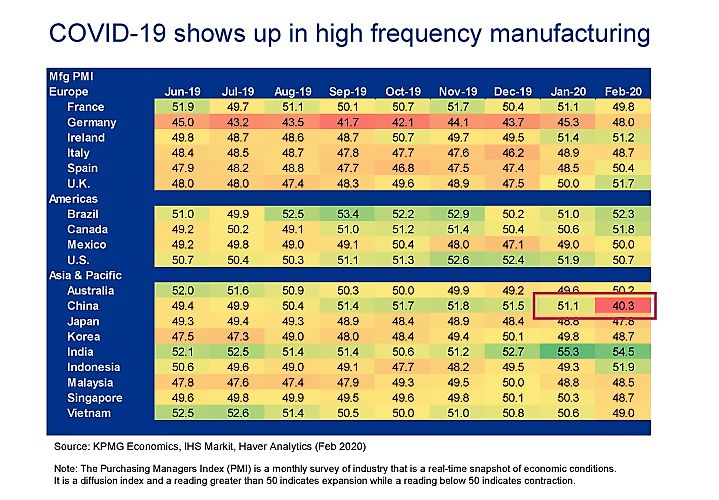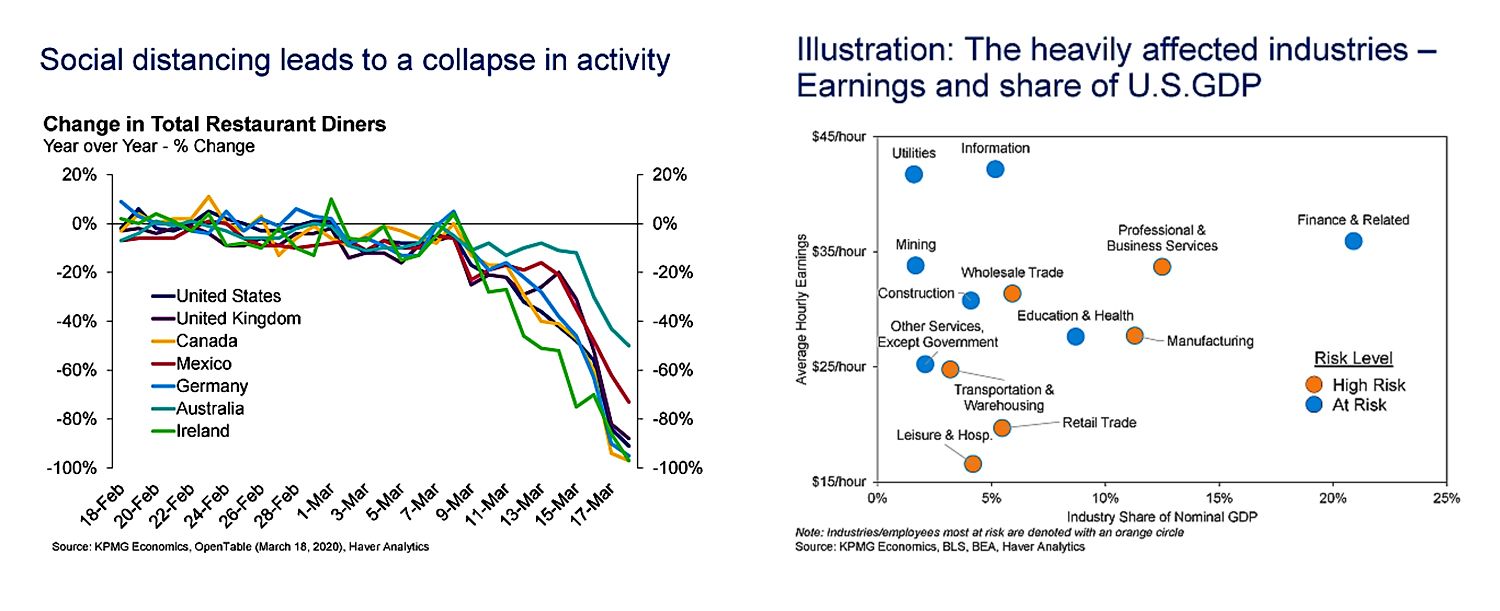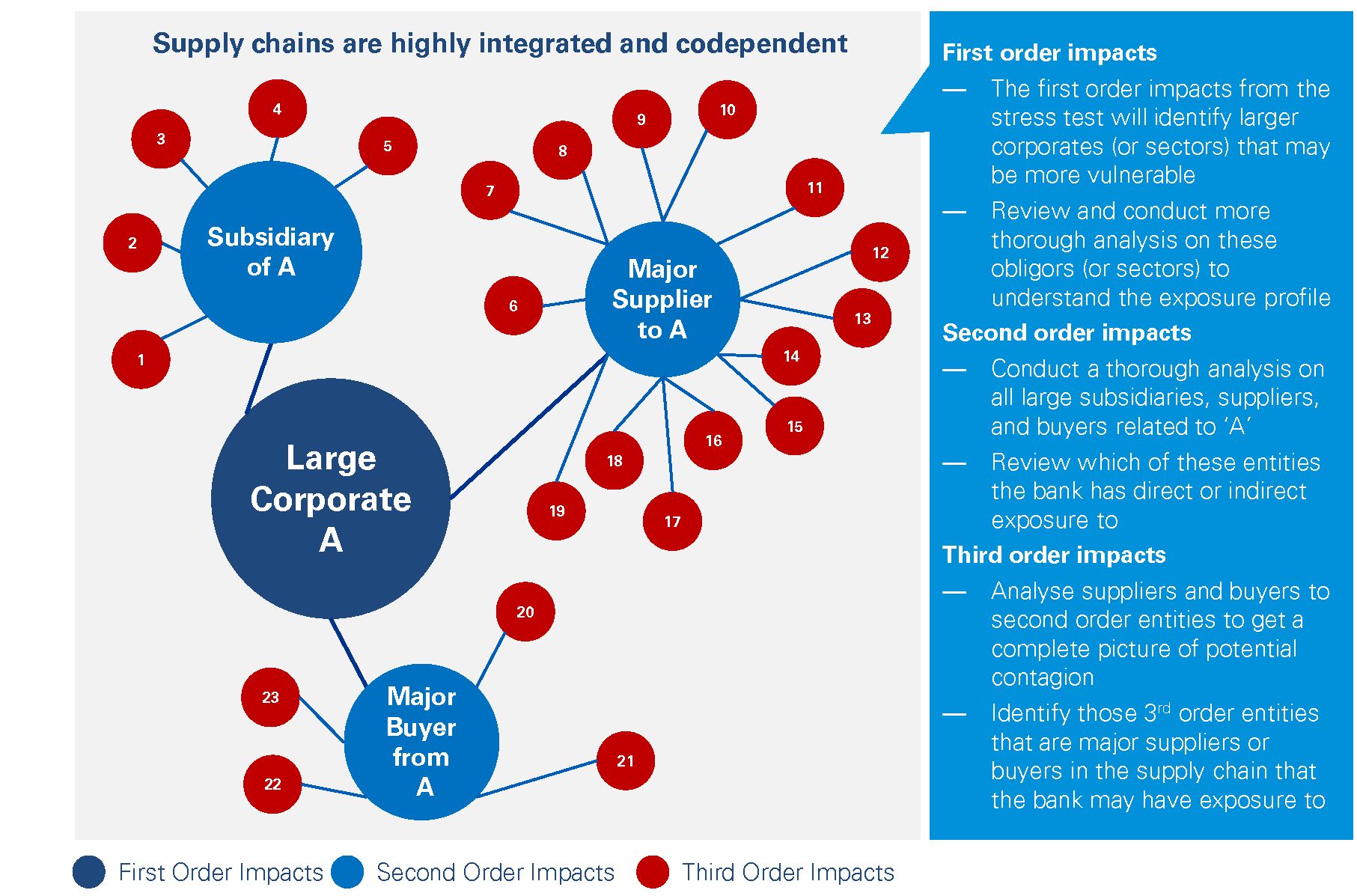The impacts of COVID-19 are gradually appearing in many economies as the disease rapidly spreads across the globe. International organisations like the IMF, World Bank, and many financial institutions in the world have critically lowered their forecasts for the global economy and many countries as the PMI (purchasing managers’ index) indicators of many countries are starting to show signs of an incoming recession.

Not only in other countries across the world and in the region, even in Vietnam, every day, stores, restaurants and hospitality businesses, as well as manufacturing companies are going out of business or struggling to maintain operations. That is an inevitable consequence of value and supply chains shrinking and being disrupted. “Social distancing” also contributes significantly to this situation. An economic downturn has been forecast, especially in commerce and retail, the small- and medium-sized enterprises (SME) sector, as well as the manufacturing sector, with significant impacts on the finance and banking sector.

Facing this situation, in addition to the continuous efforts to reduce and contain the contagion and protect the citizens, the Vietnamese government also promptly issued many measures to support the economy such as restructuring loan repayments; waiving, reducing interest rates and fees; maintain loan classifications; lowering the operating interest rate; as well as temporarily halting social insurance charges for those affected by the COVID-19 pandemic. These effective responses demonstrate the government’s determination and efforts to minimise the impact on the economy and to protect the vulnerable sectors and industries.
Furthermore, banks are also proactive in conducting reviews to minimise the negative impacts on their stability and operations and are coming out with many effective measures to support customers in these adverse circumstances while ensuring that standards and capital adequacy ratio comply with regulations.
To proactively respond to the crisis, it has become extremely necessary to test the resilience of financial institutions to shocks under various circumstances. Several central banks and authorities in the world have provided warnings and required credit institutions to review and evaluate their ability to maintain operations against shocks caused by COVID-19.
Simply put, credit institutions face questions that need to be carefully addressed: (1) Which are the most affected customers/industries?; (2) How does that affect the capital adequacy, liquidity ratio, and general safety of the organisation?; and (3) What response scenarios should be followed in these adverse circumstances?
Coincidentally, due to Circular No.13/TT-NHNN, this year banks are also required to implement the Internal Capital Adequacy and Assessment Process (ICAAP), in which stress testing is a core requirement – which makes this exercise more vital for banks than ever before.
Implementing stress test, identifying vulnerabilities in supply chains
Crystallising the supply chain – and thereby determining the spillovers of potential impacts on the bank’s balance sheet and profits – are crucial. Thanks to this, banks can identify the borrowers who can run into trouble and then identify the supply and dependency linkages of these borrowers vis-à-vis the supply chain.

Stress test at bank’s level
KPMG recommends that banks should run “stress test according to target” to identify the affected sectors and supply chain and to proactively produce precautionary measures.

Perform stress test at a systemic level and study interbank contagion
One of the common ways is to implement stress testing for interbank contagion. The main activities include:
- Identify weak and vulnerable banks;
- Assess their level of systemic importance;
- Assess the consequences on the financial system if these weak banks face problems with their solvency and liquidity position;
- Continue the 2nd round of assessment based on the interrelations among banks.
Pham Do Nhat Vinh
Partner, Consulting, Head of Financial Services
KPMG in Vietnam
Ross Macallister
Managing Partner, Head of Consulting
KPMG in Vietnam
Connect with us
- Find office locations kpmg.findOfficeLocations
- kpmg.emailUs
- Social media @ KPMG kpmg.socialMedia
